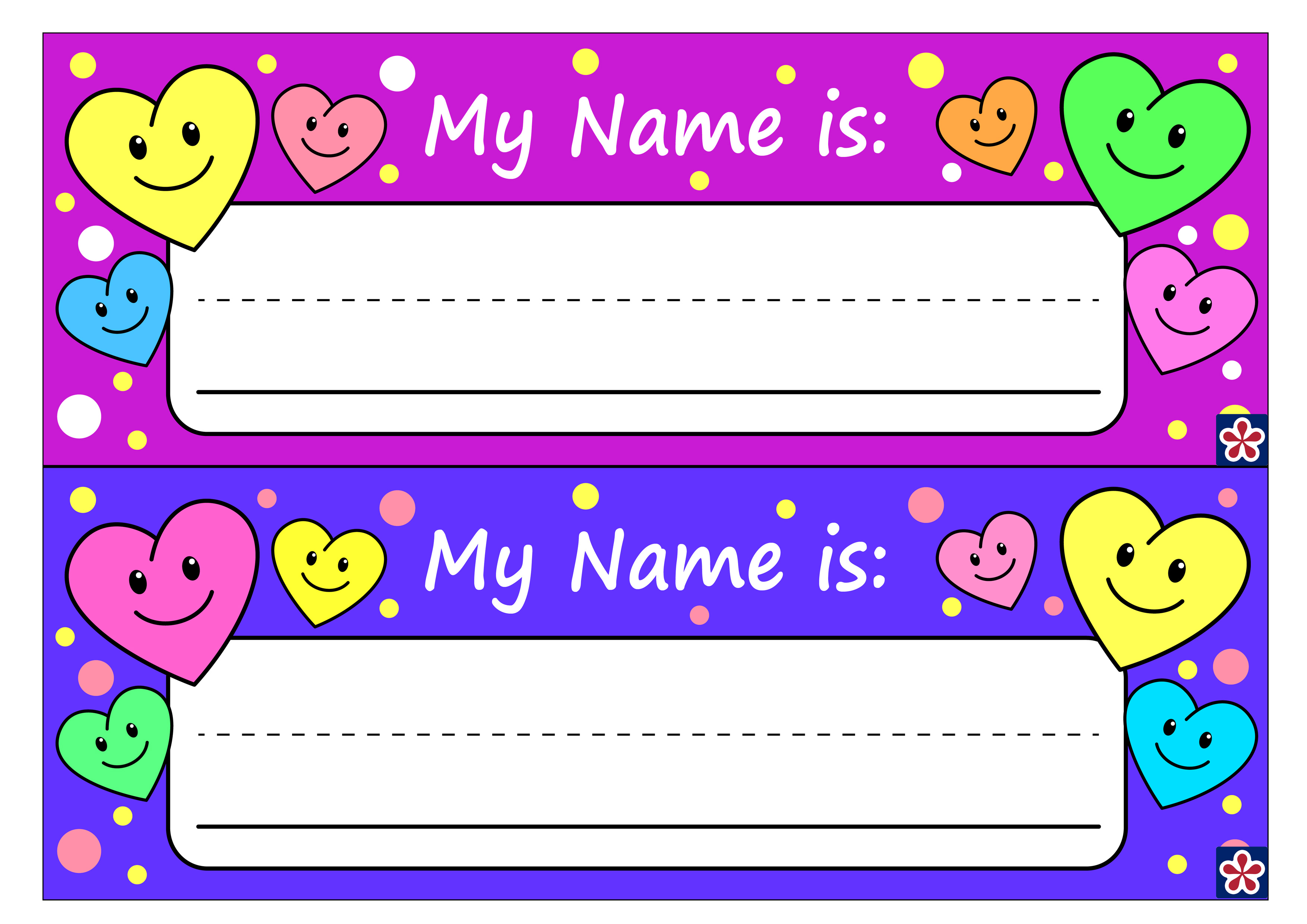We’ve all been there: That moment of uncertainty when you’re about to introduce yourself and you’re not quite sure if it’s “Me and Sarah” or “Sarah and I”. It can feel like a simple grammar rule, but it’s a question that lingers in many minds. Why does the order of our names seem to affect the grammar? Is there a clear rule to follow, or is it just a matter of personal preference? Let’s delve into the world of “me and name” vs. “name and I” and discover the secrets behind this common grammar dilemma.

Image: templates.udlvirtual.edu.pe
The way we use pronouns in conjunction with other names reveals a lot about our understanding of subject-object relationships in grammar. This seemingly simple choice impacts the way others perceive our communication, and it reflects our overall awareness of language nuances. Understanding this grammar point is about more than just sounding correct; it’s about demonstrating clarity and confidence in our language.
Understanding the Difference
The key to unlocking the mystery of “me and name” vs. “name and I” lies in understanding the distinction between subjects and objects within a sentence. A **subject** performs the action of the verb, while an **object** receives the action.
Let’s break down these concepts:
“I” as the Subject
When “I” is the subject of a sentence, it’s performing the action. For example, in the sentence “I went to the store,” the pronoun “I” is the subject because it is the one performing the action of “going to the store.”
“Me” as the Object
Conversely, when “me” is the object of a sentence, it receives the action. For example, in the sentence “John gave the book to me,” the pronoun “me” is the object because it is receiving the action of “being given the book.”

Image: www.youtube.com
Applying the Rules to “Me and Name” vs. “Name and I”
Now, let’s apply these concepts to our original dilemma. In a compound subject, where two or more nouns or pronouns perform the action of the verb, the pronouns “I” and “me” follow these rules:
- Subject: If “I” is performing the action with another person, it should be placed in the subject position: “Sarah and I went to the movies.”
- Object: If “me” is receiving the action with another person, it should be placed in the object position: “The teacher gave the assignment to Sarah and me.”
The choice between “me and name” vs. “name and I” ultimately hinges on whether the pronoun is functioning as the subject or the object within the sentence.
Common Usage and Misconceptions
While the rules are clear, there are common situations where people make mistakes. One common misconception is that “me” always comes before “I” when referring to two people. However, this is incorrect. The proper placement depends on the grammatical function of the pronoun.
For example, it’s incorrect to say, “Me and Sarah are going to the park.” In this case, “me” is in the subject position, and it should be “Sarah and I” instead.
Another misconception is that it’s always polite to put “I” before “you” in a sentence. While it’s true that focusing on the other person can be courteous, the grammar must remain correct. For instance, saying “You and I are going to the restaurant” is grammatically correct, whereas “I and you are going to the restaurant” is not. The subject always comes before the object, regardless of social conventions.
Tips and Expert Advice
Here are some tips to help you confidently navigate the “me and name” vs. “name and I” conundrum:
- Identify the action: Determine who is performing the action in the sentence. If it’s you, use “I.”
- Try removing the other person: Consider how you would phrase the sentence if you were alone. If you would say, “I went to the store,” then you would use “Sarah and I” in a compound subject.
- Practice, practice, practice: The more you practice applying these rules, the more comfortable you will become with using correct grammar. Read aloud to yourself, and get feedback from others.
Remember, the goal is not to be overly formal or pretentious; it is to communicate clearly and accurately. When you use proper grammar, you create a sense of professionalism and trustworthiness that can enhance your overall communication.
FAQs about “Me and Name” vs. “Name and I”
Q: If I’m unsure, should I always put “I” first?
A: No, it’s not always correct to put “I” first. “I” should be placed in the subject position, and “me” should be placed in the object position.
Q: What if I’m not sure if the sentence is a subject or object?
A: If you’re unsure, it’s best to double-check or rephrase the sentence for clarity. Try removing the other person from the sentence to help you determine the grammatical function.
Q: Is it ever correct to use “me and name”?
A: Yes, “me and name” can be correct when acting as the object of the sentence. For example, “The waiter brought the food to me and Sarah.”
Me And Name Or Name And I
Conclusion
Mastering the “me and name” vs. “name and I” distinction is a fundamental aspect of English grammar. By understanding the differences between subjects and objects, you can confidently choose the correct pronoun for every situation. Remember, clear communication is a valuable skill, and taking the time to learn and practice proper grammar is an investment in your communication abilities.
Are you interested in further exploring the nuances of English grammar? Share your thoughts and any lingering questions you might have about “me and name” vs. “name and I.”





